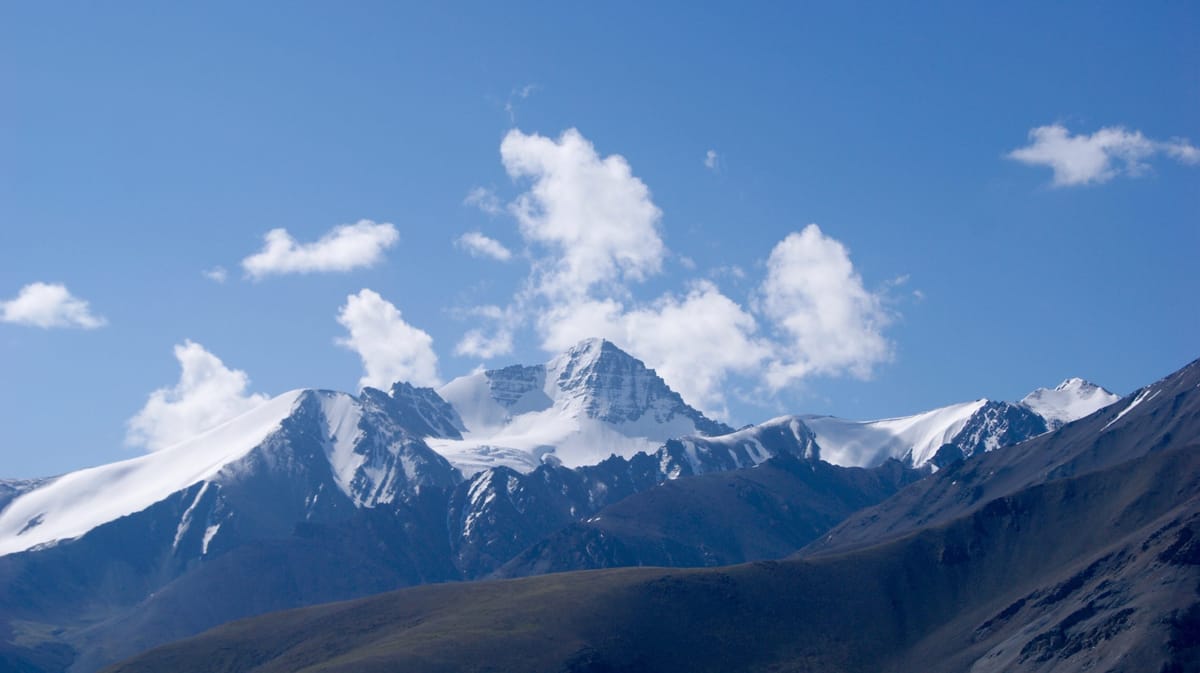Exclusive: Why Climbing was Banned on India’s Most Popular Trans-Himalayan Trekking Peak
Massive over-tourism on India's Stok Kangri, 6154m, in Ladakh, finally led All Ladakh Tour Operators Association (ALTOA) to ban all activities for three years. Here is ALTOA’s exclusive statement.

Earlier this month, The Outdoor Journal reported that India's highest trekking peak, Stok Kangri (6154m) was to be closed for trekking and climbing activities for the entirety of 2020-22. The news came following a meeting held last week between key local stakeholders in the All Ladakh Tour Operators Association (ALTOA). As reported, “Stok representatives are sure about closing Stok Kangri for trekking and expeditions from 2020 onward for 3 years”.
The Outdoor Journal reached out to the Indian adventure industry for comment to get better context and insight into the events that led to this decision, as subsequently published in our piece.

Following the publication of this story, the General Secretary of the All Ladakh Tour Operators Association, Deleks Namgyal, would like to make the following statement.
Stok Kangri is the most popular trekking peak in Ladakh and thousands of adventure enthusiasts from all over the world come to climb the peak every year. The Stok village is dependent on the Stok Kangri (kangri means Glacier) for their water needs and considers the peak sacred. However, many years of unregulated tourism has led to pollution of the water source, and the subsequent inevitable global climate changes have led to the receding of the glaciers. The peak had to pay the price, with a closure notice having been served for 3 years, from 2020-2022. The peak has fallen prey to over-tourism and climate change, greatly disturbing its ecology.
ALTOA has pledged to frame policy and guidelines, in consultation with the government, for the creation of responsible and sustainable tourism practices for the mountains in the region.
In fact, we had foreseen this same problem on another popular trekking route – The Chadar Trek, which takes place in the peak of winter, when the Zanskar River freezes and allows trekkers to walk on the ice. Sensing the increasing popularity and thousands coming for this trek, ALTOA in coordination with the local administration has worked towards limiting the number of trekkers by implementing measures that have been very successful. We will replicate the Chadar model to other peaks and treks all over Ladakh.
The Outdoor Journal has previously reported on unsustainable activities, dangers and controversy around the winter trek on the frozen Zanskar river, also known as the Chadar trek.
These measures will help us in creating a sustainable model that will safeguard the region in both economic and environmental terms. Also, it is important to preserve the uniqueness of Ladakh so that it remains as one of the best destinations for adventure and landscapes.
Cover photo: View of Stok Kangri's western flank, from Ganda Ri. Photo by James Edward Ball





Comments ()